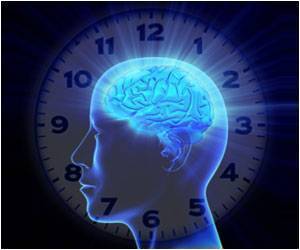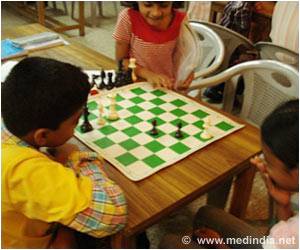An Indian origin researcher and his colleagues carried a study that has revealed much on how the brain classifies confusing perceptions, such as distinguishing between right and left hand.

"For decades, the theory was that you use your motor imagination," Shivakumar Viswanathan, who conducted the study with University of California Santa Barbara colleagues Courtney Fritz and Scott T Grafton said.
Participants in the study couldn't see their own hands, which were held palm down. They saw hand shapes tilted at different angles, with a coloured dot on them indicating a palm-up or down posture.
One group of participants saw the shape first and then the dot; and the other, the dot first. Participants in both groups put the shape and dot together mentally and indicated which hand it was by pushing a button with that hand.
However, when the shape and dot were shown simultaneously, participants in the first group felt movements of their right hands when seeing a left hand and vice versa; the other group always felt a movement of the correct hand.
This behavioural difference (which experimenters gleaned from response time) was due to differences in participants' perception of the seen hand -establishing that an earlier sensory process made the decision.
Advertisement
Judging laterality is "a low-level sensory problem that uses processes that bring different senses into register"- a process called binding, Viswanathan said.
Advertisement
But "this feeling of moving only comes after you already know which hand it is."
The study will be published in Psychological Science, a journal published by the Association for Psychological Science.
Source-ANI









